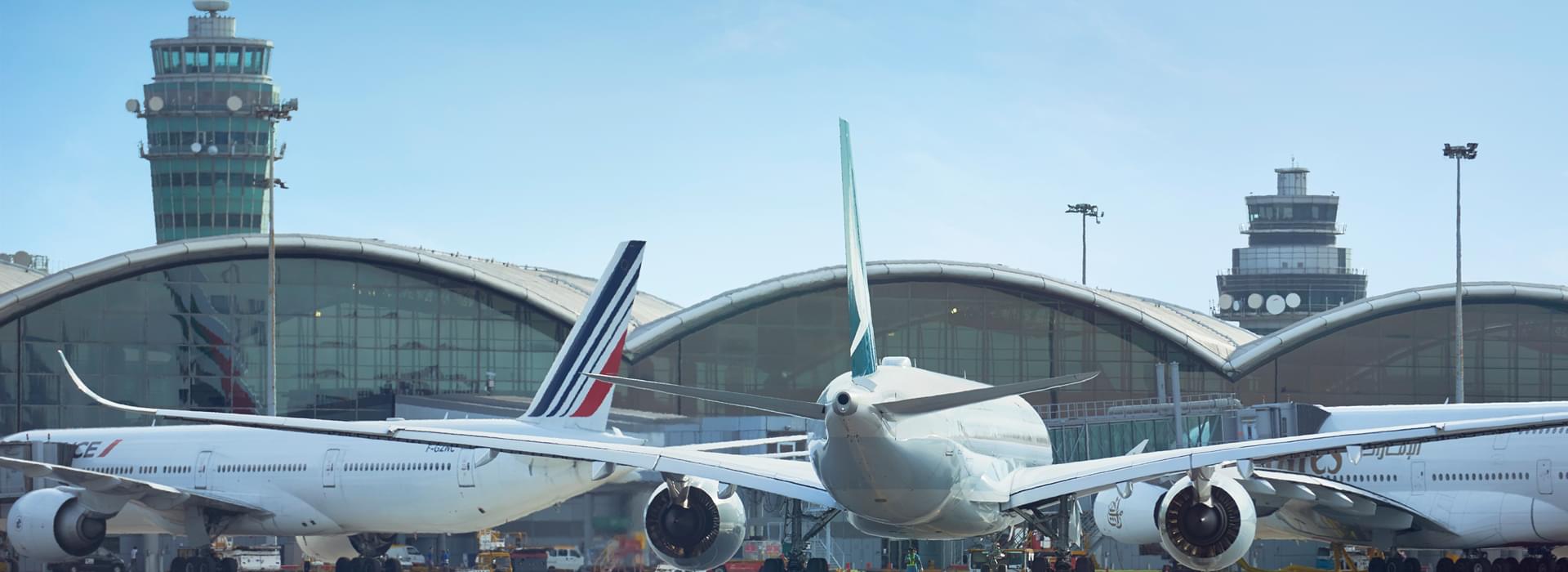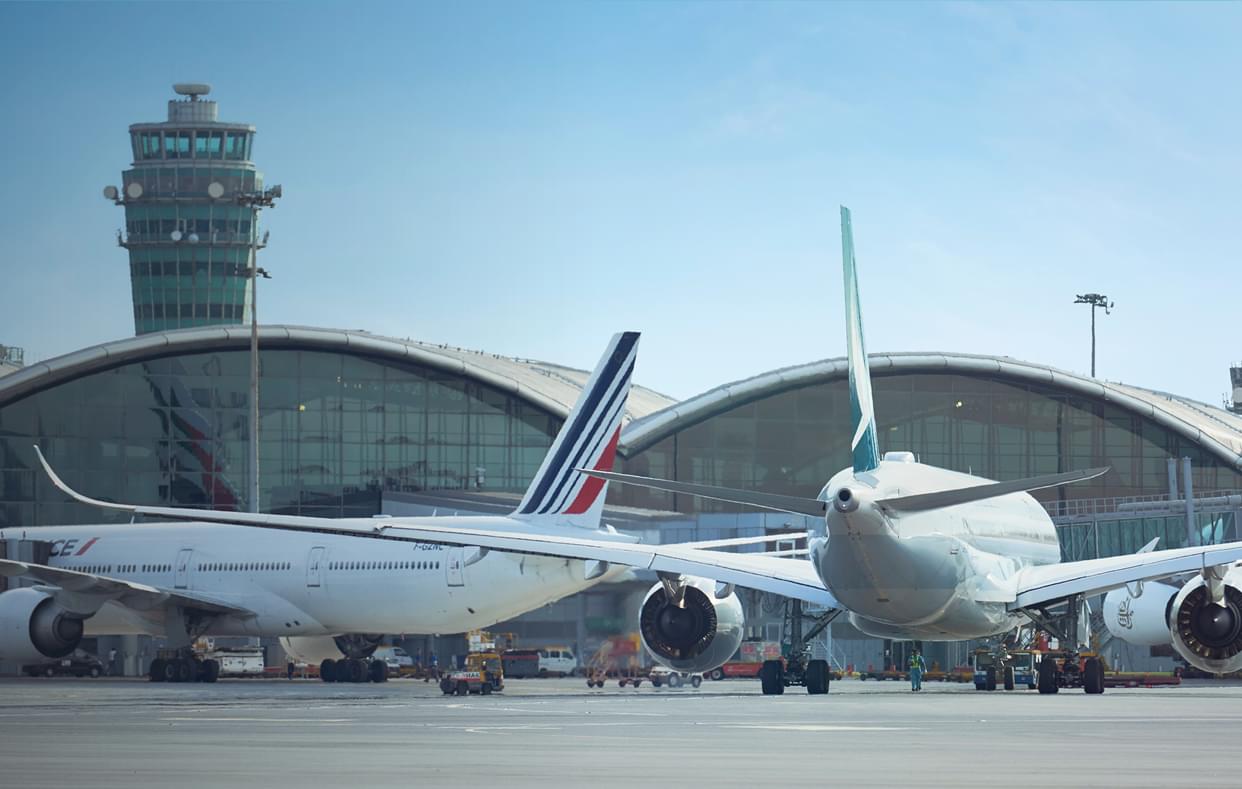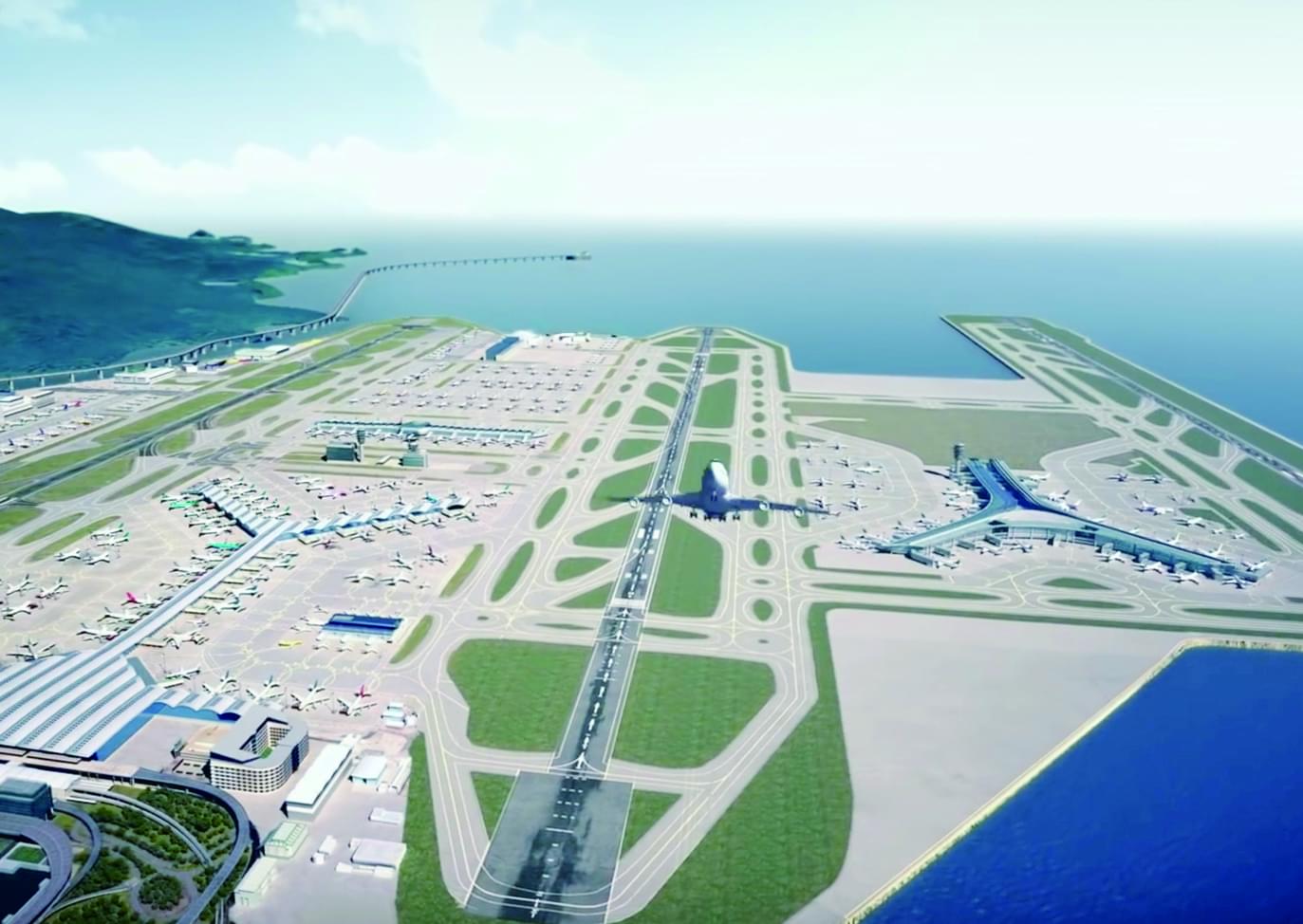

The 3RS project has made significant progress over the past two years. Details are available at our dedicated 3RS website. Major achievements include:

The overall financial arrangements for the 3RS are based on the “joint contribution and user-pays” principle. Funding will be provided through three sources:
A financial consultant was appointed in December 2016 to study the detailed funding plan for the 3RS project. The objective of the study was to analyse different debt structures, identify suitable forms of financial instruments, and make recommendations on the financial instruments in relation to their timing, size and tenor that will enable AAHK to raise funding for the 3RS project in the most optimal manner. The detailed funding plan was completed in September 2017 and the recommended funding sources include institutional bonds (covering green bonds), retail bonds, and commercial bank loans. The full report of the detailed funding plan is available at https://www.threerunwaysystem.com/media/1754/3rs-detailed-funding-plan-report.pdf.